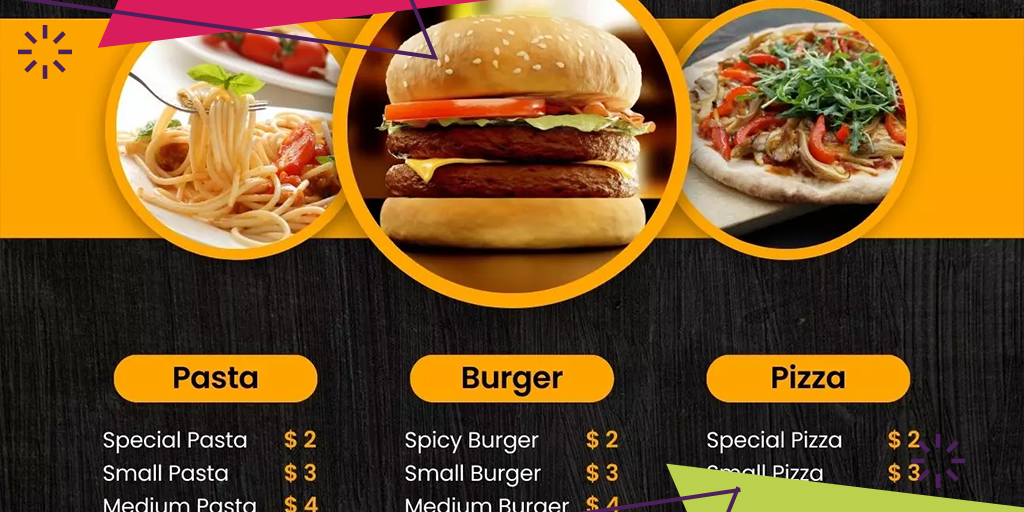How to Write a User-Friendly Menu Description
A restaurant menu isn’t just a list of dishes—it’s a silent salesperson. The right menu descriptions can tempt taste buds, set expectations, and increase order value. But too often, menus are either too vague, too complicated, or simply unappealing.
If you want to boost sales and improve customer experience, you need to write menu descriptions that are clear, appetizing, and easy to read. Here’s how to do it.
1. Use Clear, Simple Language
Your guests don’t want a riddle—they want to know what they’re ordering.
Avoid overly technical culinary jargon unless it’s common knowledge (think “al dente” or “aioli”). Instead, focus on words that make the dish sound delicious and accessible.
Example:
- No: Sous-vide chicken breast with root vegetable puree
- Yes: Tender slow-cooked chicken served over creamy mashed carrots and parsnips
Keep it simple, but still flavorful in tone.
2. Highlight the Main Ingredients
Customers want to know exactly what they’re getting. List the main ingredients, especially ones that are unique, seasonal, or locally sourced.
Pro tip: Mention any dietary features like gluten-free, vegan, or high-protein—this helps customers make quick decisions.
Example:
- Fresh linguine pasta with house-made pesto, cherry tomatoes, and shaved Parmesan (Vegetarian)
3. Appeal to the Senses
Use descriptive words that appeal to taste, smell, and texture. Words like:
- Crispy, buttery, zesty, spicy, creamy, chargrilled, juicy, or melt-in-your-mouth.
These sensory triggers help customers imagine the dish—and increase the likelihood they’ll order it.
4. Tell a Mini Story (But Keep It Short)
A quick backstory or origin detail can make a dish stand out. Was the recipe passed down from a grandmother? Is it inspired by street food from Bangkok?
But keep it brief. One or two lines is all you need.
Example:
Our signature brisket tacos are slow-smoked for 8 hours—just like we do back in San Antonio.
5. Keep Formatting Clean and Readable
Use bullet points or consistent formatting. Group menu items logically (appetizers, mains, desserts), and avoid long paragraphs.
Use bold or italics to highlight dish names or key ingredients—but don’t overdo it.
6. Optimize for Online Menus
Most customers check menus online before visiting. Make sure your digital menu is mobile-friendly, easy to scroll, and SEO-optimized.
Include searchable keywords like:
- “best pasta in [city]”
- “vegan options restaurant”
- “family-style dining menu”
This improves visibility on search engines and helps hungry customers find you.
An effective restaurant menu description is more than just words—it’s an experience preview. Clear, sensory, and concise descriptions can help guests feel confident in their choices, boost their appetite, and drive higher ticket sales
When in doubt, write like you’re explaining a dish to a friend… and make them hungry.






